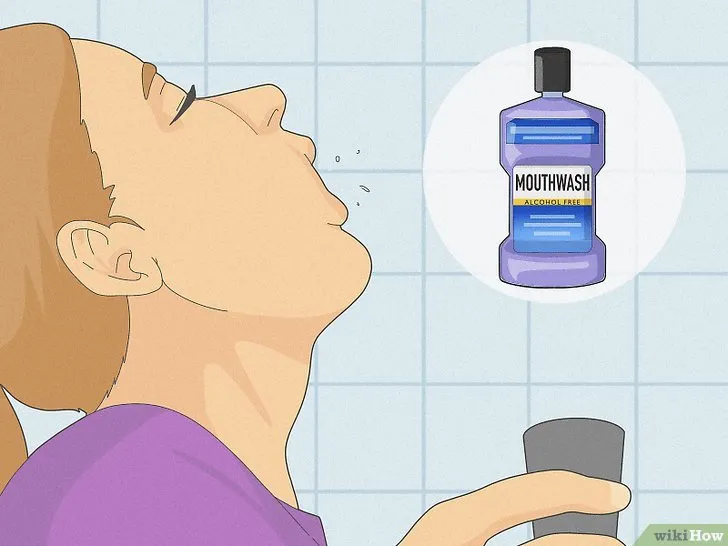Understanding Whitening Strips
Whitening strips have become a popular and convenient method for achieving a brighter smile. But what exactly are they, and how do they work? This guide will provide you with a comprehensive understanding of how to use whitening strips effectively, ensuring you achieve the best possible results while minimizing potential risks. From choosing the right product to aftercare tips, we’ll cover everything you need to know to confidently use whitening strips and maintain a dazzling smile. Let’s dive in and explore the world of whitening strips!
What are Whitening Strips
Whitening strips are thin, flexible strips coated with a peroxide-based whitening agent, typically hydrogen peroxide or carbamide peroxide. These strips are designed to adhere to the surface of your teeth, allowing the whitening agent to come into contact with the enamel. The concentration of the whitening agent varies depending on the brand and the strength of the product. They are a non-invasive cosmetic procedure that is designed for home usage, this provides a more accessible and cost-effective alternative to professional teeth whitening treatments.
How Whitening Strips Work
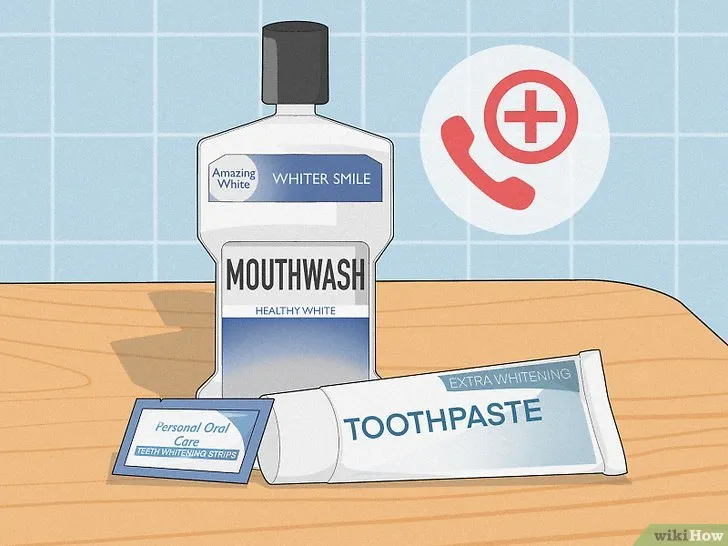
The active ingredient in whitening strips, usually hydrogen peroxide, penetrates the enamel of your teeth. This chemical reaction breaks down the stain molecules that have accumulated, which causes your teeth to appear brighter. The peroxide oxidizes the discoloration, effectively lightening the teeth. The process is gradual, and the duration of treatment depends on the product used and the degree of staining. Consistent use, as directed, is key to achieving noticeable results. This process does not remove the enamel; instead, it modifies the existing staining to give you a better appearance.
Benefits of Using Whitening Strips
Whitening strips offer several advantages over other teeth-whitening methods. They are easy to use, making them a convenient option for those with busy lifestyles. They are also more affordable than professional treatments, like in-office whitening. Whitening strips are readily available over the counter, eliminating the need for a dentist appointment. The convenience and affordability, combined with visible results, make whitening strips a popular choice for those looking to enhance their smile. They offer a simple yet effective way to boost your confidence by improving your smile.
Preparing for Whitening Strips
Before you begin using whitening strips, it’s important to prepare properly to ensure you get the best results and minimize any potential side effects. Taking a few preliminary steps will help you to make the process easier and more effective. Understanding your teeth and gums is the first step to determine if whitening strips are suitable for you. It’s always recommended to consult a dentist before beginning any teeth-whitening regimen, especially if you have existing dental work, sensitive teeth, or other oral health concerns. Proper preparation sets the stage for a successful whitening experience.
Choosing the Right Whitening Strips
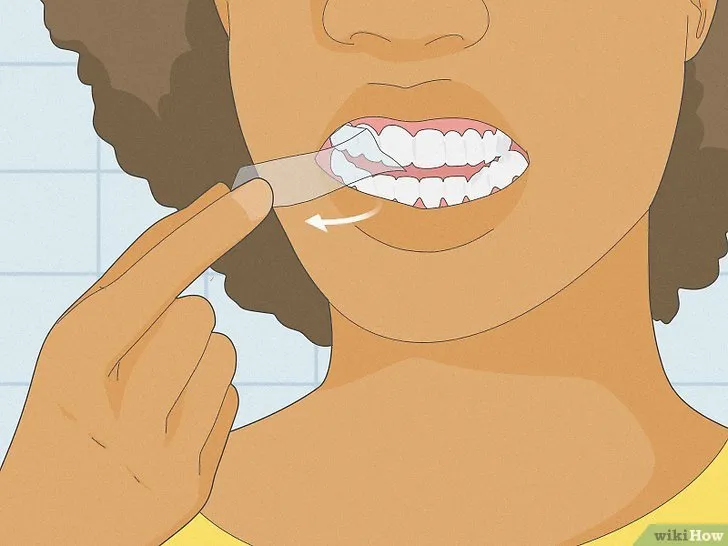
When choosing whitening strips, consider factors such as the concentration of the whitening agent, the length of treatment, and the brand’s reputation. Some strips contain a lower concentration of hydrogen peroxide and are designed for daily use over a longer period, while others have a higher concentration for faster results. Review product reviews and consult with your dentist to determine which option is best for your specific needs and oral health. Look for strips that are easy to apply and comfortable to wear. Selecting the right product will enhance your experience and yield satisfactory results. Consider the sensitivity of your teeth and if you have any previous work.
Read the Instructions Carefully
Always read and follow the manufacturer’s instructions provided with your whitening strips. These instructions contain important details about how to use the product safely and effectively. This includes the recommended duration of use, how often to apply the strips, and any specific precautions to take. Ignoring the instructions can lead to less effective results or increase the risk of side effects. Take the time to understand the process, ensuring you get the best and safest experience. Understanding and following instructions ensures you are using the strips as they were intended, maximizing effectiveness and minimizing potential complications.
Gathering Your Supplies
Before starting the whitening process, gather all the necessary supplies. This includes the whitening strips, a timer, and possibly a mirror for easy application. Ensure you have a toothbrush and floss on hand, and that your teeth are clean before you begin. Having everything ready beforehand will make the process smoother and more efficient. Preparing your supplies ahead of time minimizes any interruptions during the application and ensures you’re well-equipped to follow all the steps correctly. This small preparation step can make a big difference in the overall outcome.
Step-by-Step Guide on How to Apply Whitening Strips
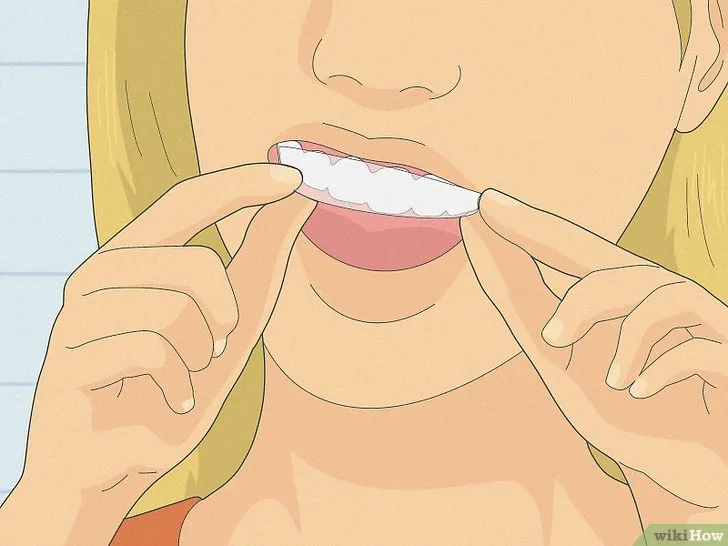
Applying whitening strips correctly is key to achieving the desired results. Follow these simple steps for the most effective and comfortable experience. Proper application ensures that the whitening agent makes full contact with the surface of your teeth, allowing it to work efficiently. This step-by-step process guides you through each stage, from preparation to removal, optimizing your whitening journey.
Step 1 Brush and Floss Your Teeth
Before applying the whitening strips, brush and floss your teeth to remove any food particles or plaque. This ensures that the whitening agent can directly contact your enamel. Use a regular toothbrush and toothpaste, and be sure to brush gently to avoid irritating your gums. Floss thoroughly between your teeth to remove any debris that brushing might have missed. A clean mouth helps to maximize the whitening effectiveness and minimizes any potential irritation. This initial step is vital for preparing your teeth.
Step 2 Peel Off the Strips
Carefully peel the whitening strips from their backing. Handle them with clean, dry hands to avoid any contamination. Most strips come in two sizes: one for the upper teeth and one for the lower teeth. Gently separate each strip to prevent tearing or folding. Being careful during this step will ensure the strips remain intact, making application easier. Correctly handling and peeling off the strips ensures the whitening process starts efficiently and smoothly. Check the package, follow the instructions for removing the strips. Do not touch the whitening side of the strip.
Step 3 Apply the Strips
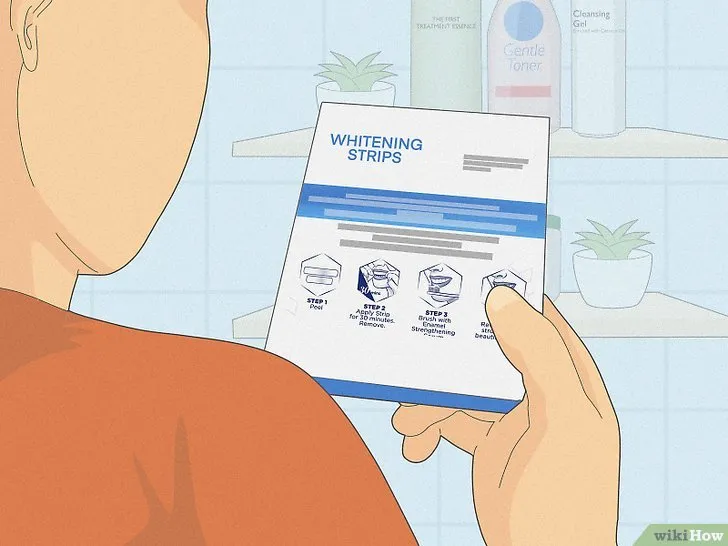
After peeling the strips, apply them to your teeth, following these instructions for both the upper and lower teeth. Be sure that you align the strips to your teeth. Proper application is key to get the best whitening results. This step requires precision to get the strips positioned effectively. Once the strips are on, make sure that all of the tooth surface is in contact with the strip. Avoid placing the strips on your gums, as this can cause irritation. Here is a guide for both upper and lower teeth application.
Upper Teeth Application
Apply the longer strip to your upper teeth, aligning it with your gumline. Gently press the strip onto your teeth, ensuring that it makes full contact with the surface. Fold the excess strip over the back of your teeth to secure it in place. This ensures that the strip stays in contact with your teeth while whitening. This step is essential to properly cover the surface of your teeth, improving whitening potential. Smooth out any air bubbles and make sure all the surfaces are in contact.
Lower Teeth Application
Apply the shorter strip to your lower teeth, following the same process. Align the strip with your gumline and press it firmly onto your teeth. Fold the excess strip over the back of your lower teeth. This method guarantees that both upper and lower teeth are covered and exposed to the whitening agent. Proper application ensures even and effective whitening of the lower teeth. Proper application on both the upper and lower teeth creates a balanced and comprehensive whitening experience.
Step 4 Wait for the Recommended Time
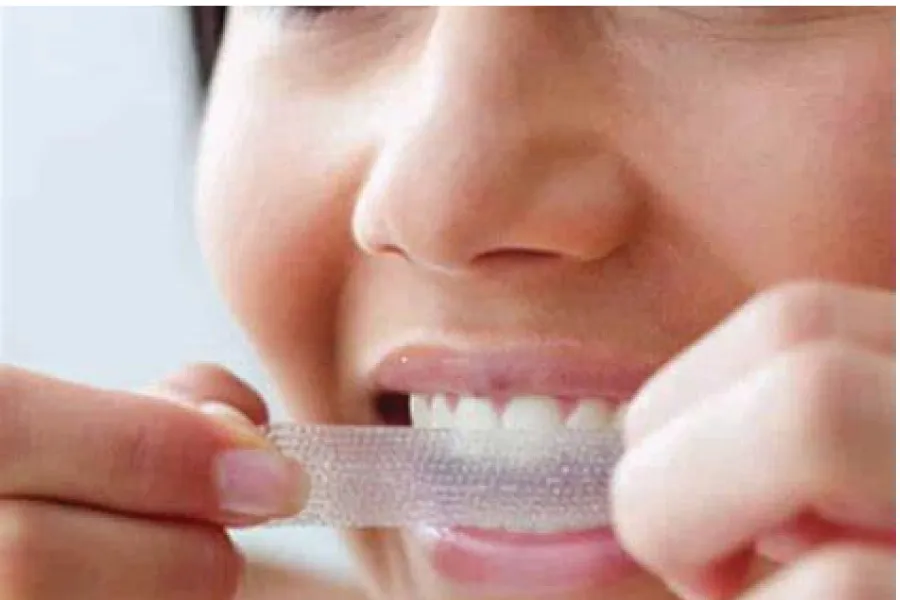
Once the strips are applied, wait for the amount of time specified in the product instructions. This typically ranges from 30 minutes to an hour, depending on the strength of the strips. Avoid eating, drinking, or smoking during this period. Set a timer to ensure you don’t exceed the recommended time, as this can increase the risk of sensitivity. Patience is key to success; allowing the strips to work for the recommended time maximizes their effectiveness. Follow the product’s guidelines to get the best results.
Step 5 Remove the Strips and Rinse
After the recommended time has passed, carefully remove the strips and discard them. Rinse your mouth with water to remove any remaining gel. Avoid swallowing the rinse. Gently brush your teeth, if desired, but be mindful of any sensitivity. Rinse your mouth gently to remove any residual whitening agent. This final step ensures your mouth is clean and free from the whitening agent. Removing the strips correctly and rinsing your mouth is a fundamental part of the whitening process.
Aftercare and Maintenance
Proper aftercare is essential for maintaining your newly whitened smile and avoiding potential complications. Following these tips will help you to maximize the results of your whitening treatment and keep your teeth looking their best. Correct aftercare helps to prevent any side effects and ensures the longevity of your bright smile. These easy-to-follow instructions can help you keep your teeth healthy and bright.
What to Avoid After Using Whitening Strips
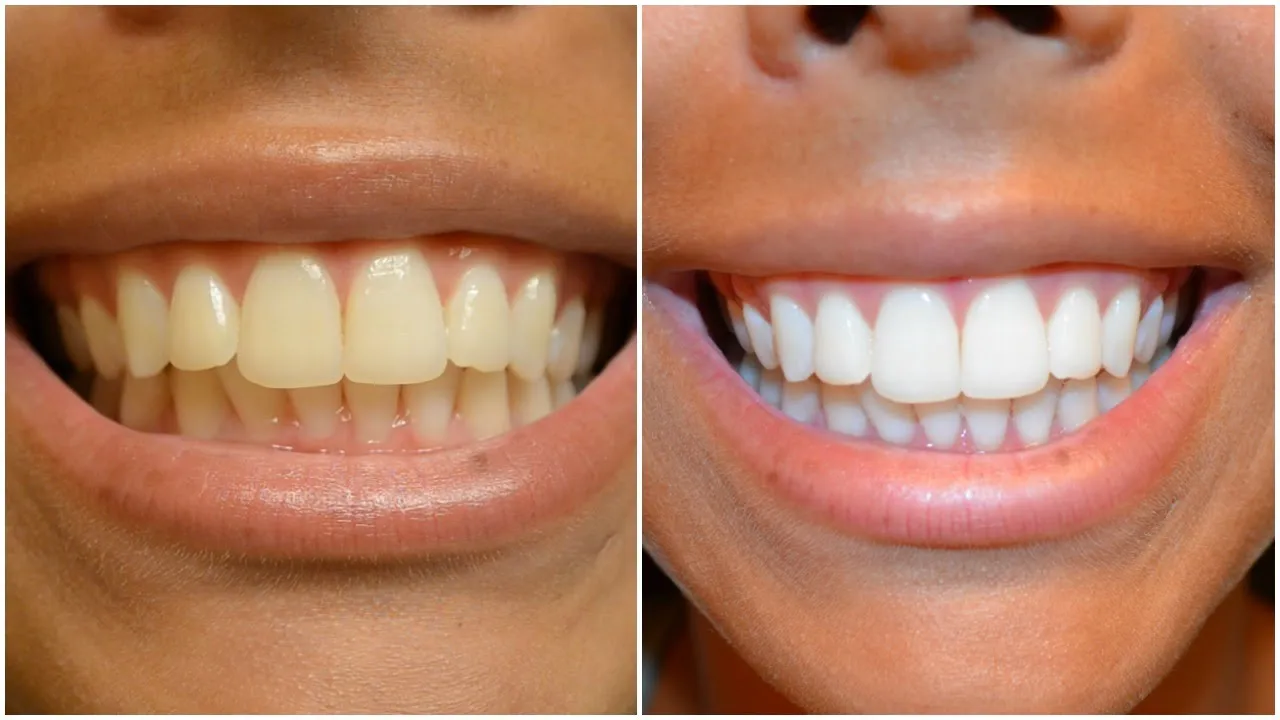
After using whitening strips, avoid foods and drinks that can stain your teeth, such as coffee, tea, red wine, and dark-colored berries. Also, avoid smoking, as it can lead to discoloration. During the treatment, and for a few days afterward, be mindful of your diet to prevent stains. Staying away from these things helps to maintain the whitening effect and keep your smile brighter for a longer time. Being aware of your food and drink choices is a key part of taking care of your teeth after the whitening treatment.
Maintaining Your White Smile
To maintain your white smile, practice good oral hygiene. Brush your teeth twice a day with a whitening toothpaste. Floss daily to remove plaque and food particles. Schedule regular dental check-ups and cleanings. Using a straw when drinking staining beverages can also help to protect your teeth. Consistent oral care, combined with a healthy diet, contributes to long-term maintenance of your white smile. These actions are vital for your oral health and the duration of your whitening results. Regular dental visits, brushing, and flossing are key.
Potential Side Effects and How to Manage Them
While whitening strips are generally safe, some people may experience side effects. Being aware of the potential side effects and knowing how to manage them can help you to have a comfortable experience. If you experience any adverse effects, taking the proper steps ensures a positive experience. Here are some potential side effects and how to manage them.
Sensitivity
Tooth sensitivity is a common side effect of whitening strips. If you experience sensitivity, try using a toothpaste designed for sensitive teeth. Reduce the frequency of the treatments or shorten the application time. Consult your dentist if the sensitivity is severe or persists. Avoiding hot or cold foods and drinks can also help to alleviate the discomfort. Managing tooth sensitivity is crucial for comfort while whitening. If you have sensitive teeth to begin with, it is important to consult a dentist prior to treatment.
Gum Irritation
Gum irritation can occur if the whitening agent comes into contact with your gums. To avoid this, ensure the strips are not overlapping your gumline. If irritation occurs, stop using the strips and consult your dentist. Using a soft-bristled toothbrush and rinsing your mouth with water after each use can also help to soothe irritated gums. Avoiding contact with your gums can help reduce this risk. Gum irritation is a common side effect. If your gums become irritated, stop using the strips.
Frequently Asked Questions (FAQ)
Here are some of the most commonly asked questions about whitening strips. This will help you to better understand the process. Knowing the answers to these questions can help make the process easier.
